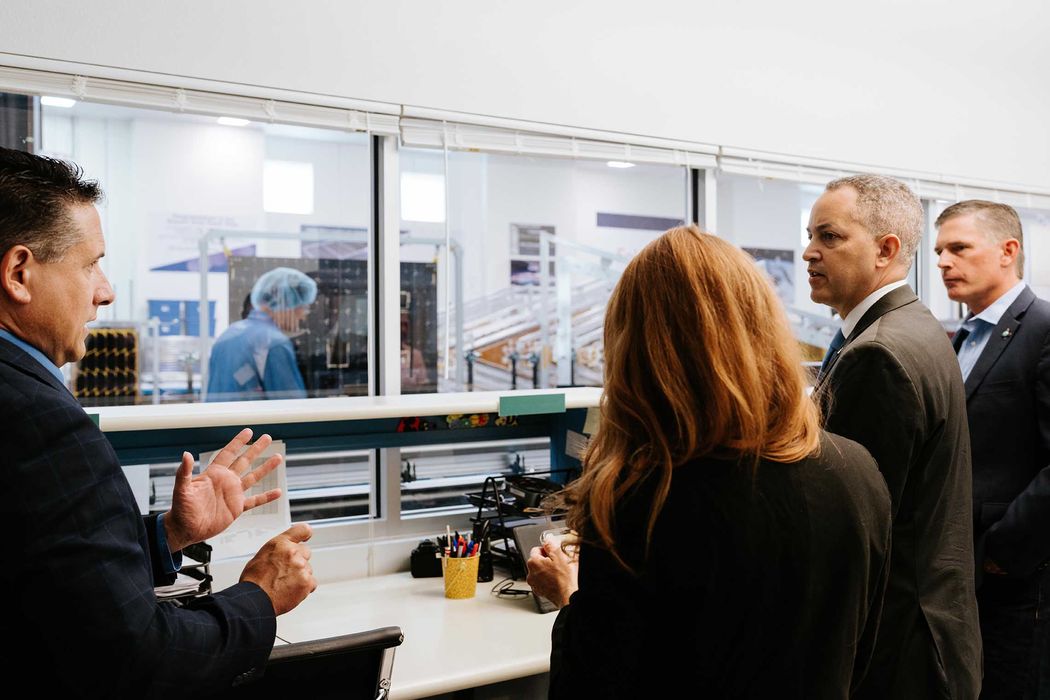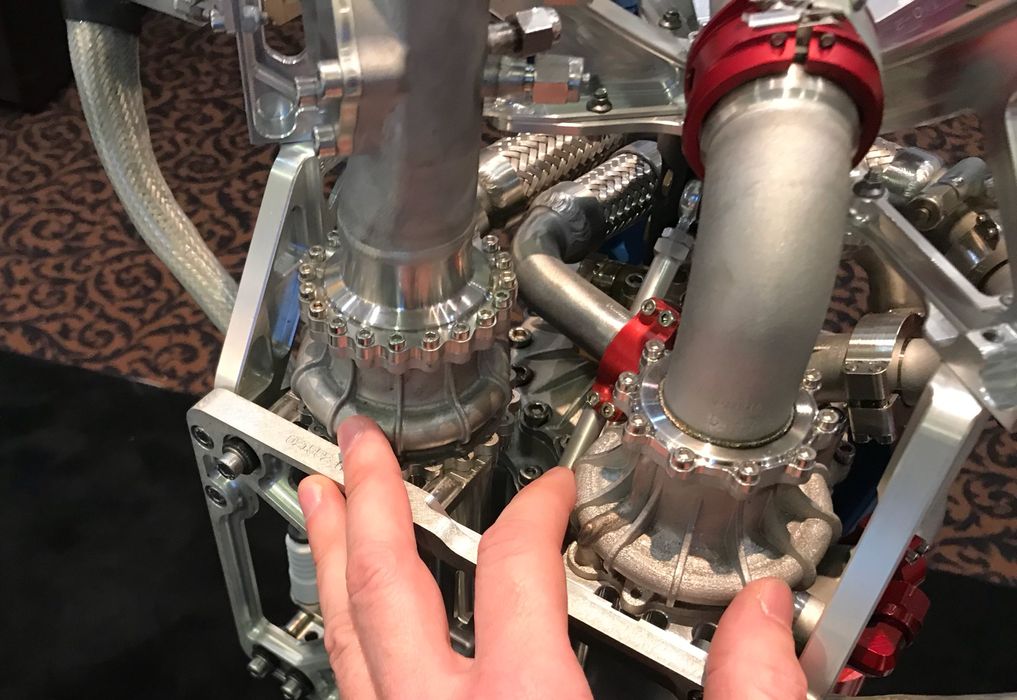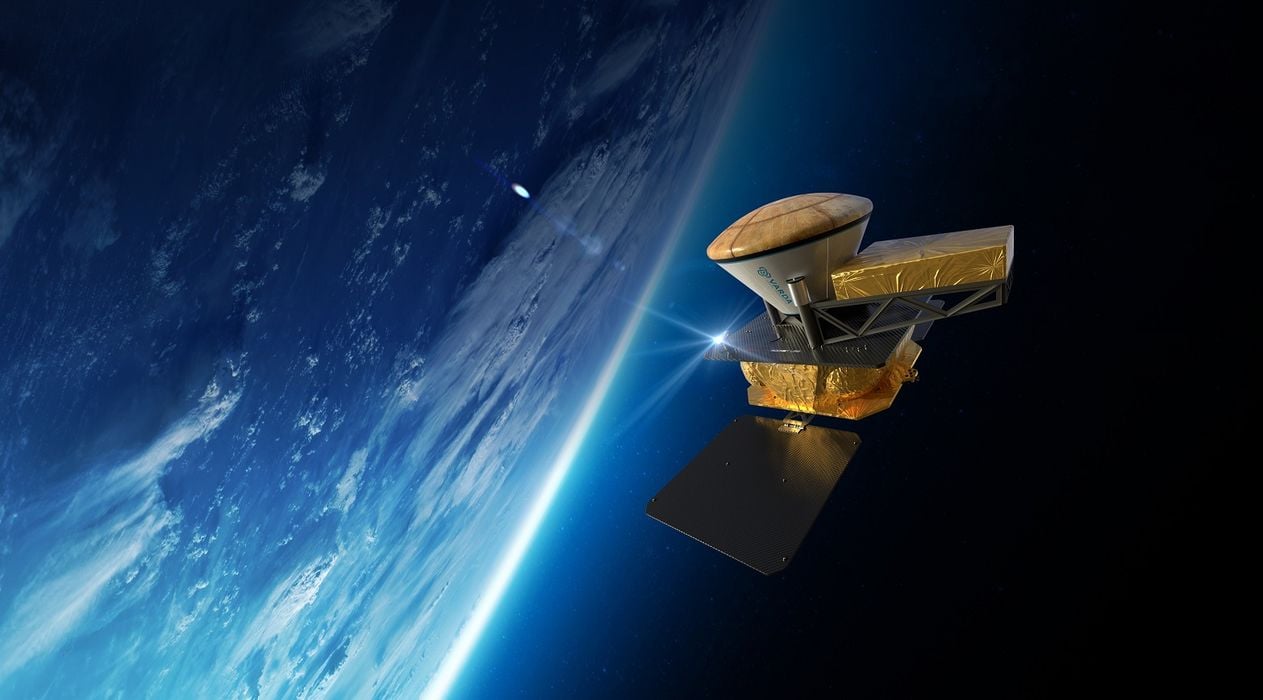
Charles R. Goulding and Preeti Sulibhavi explore how Rocket Lab is transforming from a launch provider into a space technology powerhouse by integrating 3D printing across its operations, pioneering advances in space infrastructure and manufacturing.
Rocket Lab, initially recognized as a small satellite launch provider, has expanded its mission far beyond just delivering payloads into space. According to a recent interview by Bloomberg News with Adam Spice, Rocket Lab’s CFO, only about 30% of the company’s business now focuses on rocket launches. The remaining 70% lies in developing advanced space business systems, covering a wide range of space-related components and technologies. We previously covered Rocket Lab in an article titled, “When the Heavens Went on Sale: The Rocket Pioneers Revolutionizing Space.”
In a striking statement during the interview, Spice emphasized, “We 3D print lots of things!” This commitment to additive manufacturing (AM) underscores Rocket Lab’s broader vision of becoming an end-to-end supplier in the space and satellite industry, where rapid production, innovation, and customization are critical.
Rocket Lab’s journey from a pure-play rocket company to a versatile space technology innovator reflects the company’s strategic efforts in diversifying its capabilities. It now boasts a valuation of between US$5 billion and US$6 billion and has grown to over 1,600 employees. The company’s rapid expansion also aligns with recent investments in key facilities, such as the upcoming solar cell plant in Albuquerque, New Mexico. Below, we explore three examples of how Rocket Lab is integrating 3D printing and additive manufacturing into its operations to accelerate production and push the boundaries of space technology.

1. Albuquerque, New Mexico Solar Cell Facility: Expanding 3D Printed Space Components
Rocket Lab’s ambitious plans to expand into solar cell manufacturing in Albuquerque highlight its strategic use of additive manufacturing. The plant, which recently received significant funding under the US CHIPS Act, underscores the company’s role as a major player in space technology innovation. This facility will focus on producing solar cells designed for space applications, a rapidly growing market that demands high durability, efficiency, and flexibility.
Additive manufacturing will play a crucial role in this new facility. Rocket Lab aims to leverage 3D printing to produce components of solar cell arrays with intricate geometries that would be difficult and costly to achieve using traditional manufacturing techniques. With the ability to print lightweight structures with high precision, Rocket Lab can improve the power-to-weight ratio of solar panels—an essential factor for satellites and other space-bound equipment. Furthermore, this approach will allow Rocket Lab to accelerate prototyping and streamline production, giving it a competitive edge in developing and deploying space-grade solar technology.
The Albuquerque facility also reflects the federal government’s broader support for manufacturing in the US for critical space and technology infrastructure. Rocket Lab secured over US$50 million in federal and state grants to advance this project, enabling the company to expand its footprint in the space economy while contributing to national manufacturing capabilities. The integration of 3D printing in this project will likely set new standards for space-focused solar technology, supporting Rocket Lab’s commitment to innovation and sustainability.
2. Electron Rocket Components: Lightweight, Customizable Parts for Faster Launches
While Rocket Lab has diversified beyond launches, the Electron rocket remains a cornerstone of its business, and 3D printing has been central to its success. Additive manufacturing is particularly valuable in the production of complex parts that need to be both lightweight and resilient, qualities essential for space missions. Rocket Lab utilizes 3D printing to manufacture key components for the Electron rocket, such as the Rutherford engine, which is renowned for being one of the world’s first oxygen/hydrocarbon engines entirely designed and printed for space applications.
The use of 3D printing for Rutherford engines has allowed Rocket Lab to reduce production time drastically. Traditional manufacturing methods could take weeks or months to produce an engine, but additive manufacturing compresses this timeline significantly, enabling Rocket Lab to prepare rockets for launch more rapidly. This agility is a strategic advantage in the space industry, where companies often compete on the speed and reliability of launches.
3D printing offers a high degree of customization, allowing Rocket Lab to tailor parts for specific missions. Whether adjusting the engine’s nozzle for different launch trajectories or optimizing the rocket’s structure to handle various payload weights, Rocket Lab can rapidly iterate designs without the high costs associated with retooling traditional manufacturing equipment. This flexibility has been essential to Rocket Lab’s ability to provide affordable and reliable launch services to clients, ranging from private companies to government agencies.

3. Photon Satellite Platform: Customized, Mission-Specific Components
Rocket Lab’s Photon satellite platform is another area where 3D printing is making a transformative impact. The Photon platform, which serves as an adaptable satellite bus, is designed to support a wide range of space missions, including scientific research, telecommunications, and lunar exploration. Using additive manufacturing, Rocket Lab can produce lightweight and customized components for the Photon platform, ensuring each satellite is optimized for its specific mission.
Photon’s modular design allows Rocket Lab to integrate various payloads with minimal structural adjustments, a flexibility enabled by 3D printed parts. For instance, 3D printing allows Rocket Lab to create custom enclosures for payloads, mounting brackets, and thermal control systems with precision. This adaptability is critical, especially as the Photon platform becomes a key enabler for missions planned by NASA and other space agencies.
Additive manufacturing helps reduce the lead time for Photon production. By producing mission-specific components on demand, Rocket Lab can rapidly assemble and deploy satellites, catering to the evolving needs of the space market. This rapid turnaround is particularly advantageous as the demand for satellite deployment accelerates, driven by the growth in satellite-based internet services, Earth observation, and interplanetary missions.
Rocket Lab’s Role in the Future of 3D Printing in Space
Rocket Lab’s integration of 3D printing across its diverse business units illustrates its commitment to leveraging advanced manufacturing technologies to stay ahead in a highly competitive market. The company’s willingness to experiment and innovate with additive manufacturing reflects a broader trend in the space industry, where the need for lightweight, durable, and customizable components is paramount. As Rocket Lab continues to expand its operations, its use of 3D printing will likely play an increasingly pivotal role in enabling the company to push the boundaries of space technology.
Beyond its current achievements, Rocket Lab’s approach could influence industry standards for sustainable and efficient manufacturing in space applications. For instance, 3D printed parts reduce waste by producing only the required material for each part, aligning with sustainability goals important to both Rocket Lab and the space sector. Additionally, Rocket Lab’s innovative strategies may inspire other companies to adopt similar manufacturing methods, further accelerating the development of 3D printed components for space.
The Research & Development Tax Credit
The now permanent Research and Development (R&D) Tax Credit is available for companies developing new or improved products, processes and/or software.
3D printing can help boost a company’s R&D Tax Credits. Wages for technical employees creating, testing and revising 3D printed prototypes are typically eligible expenses toward the R&D Tax Credit. Similarly, when used as a method of improving a process, time spent integrating 3D printing hardware and software can also be an eligible R&D expense. Lastly, when used for modeling and preproduction, the costs of filaments consumed during the development process may also be recovered.
Whether it is used for creating and testing prototypes or for final production, 3D printing is a great indicator that R&D Credit-eligible activities are taking place. Companies implementing this technology at any point should consider taking advantage of R&D Tax Credits.
Conclusion: The 3D Printing Advantage
Rocket Lab’s success is not just in its ability to launch payloads but in its adaptability and forward-thinking approach to manufacturing space technology. As it continues to grow beyond launches, Rocket Lab demonstrates how 3D printing can serve as a cornerstone for building and scaling space infrastructure. From Albuquerque’s solar cell facility to the Photon platform, Rocket Lab’s advancements in additive manufacturing offer new possibilities for the future of space exploration, commercialization, and sustainability.
With its robust support from federal initiatives like the CHIPS Act and continued investments in facilities and technology, Rocket Lab is well-positioned to lead in 3D printed space applications. By incorporating 3D printing deeply into its DNA, Rocket Lab not only pioneers advancements in space hardware but also sets a compelling example of how additive manufacturing can transform industries, one component at a time.
